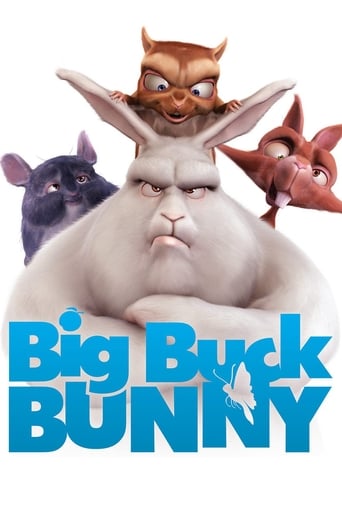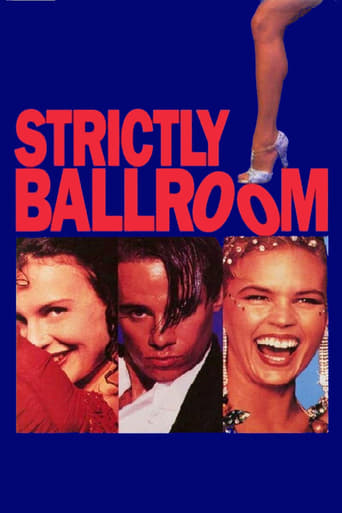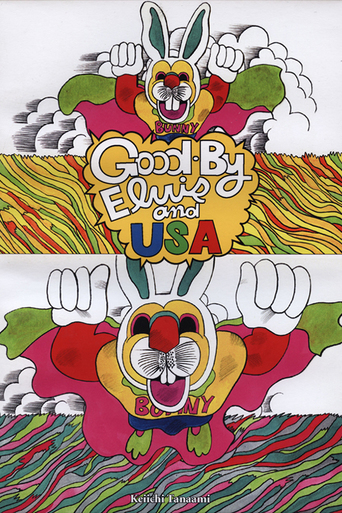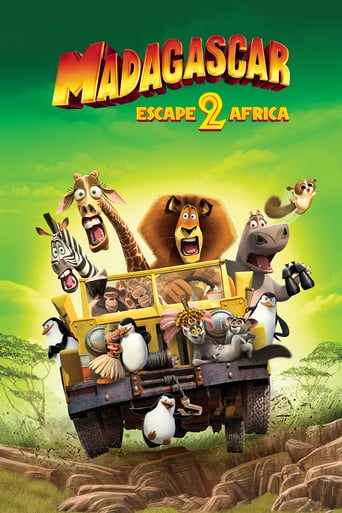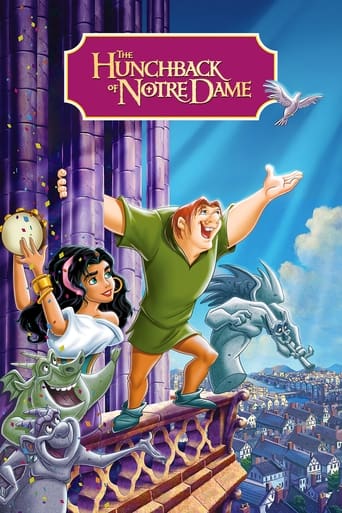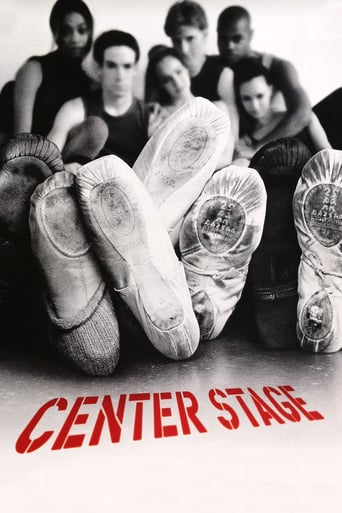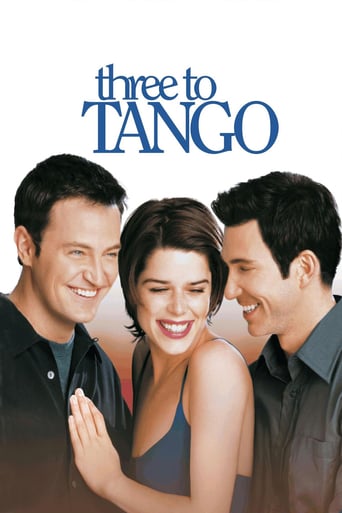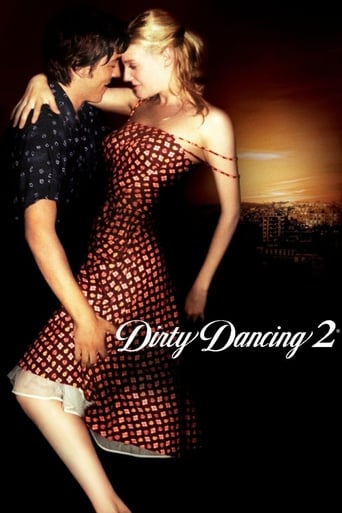
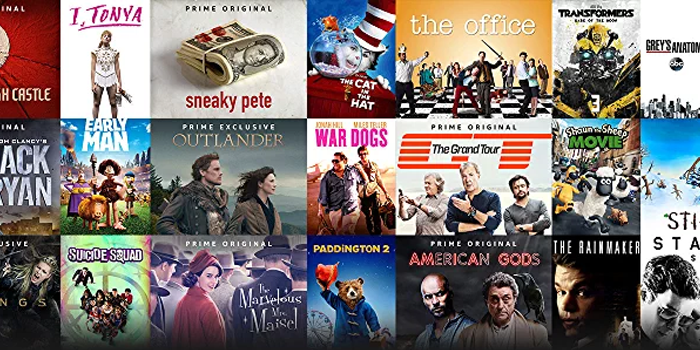
Sioux Ghost Dance (1894)
From Edison films catalog: One of the most peculiar customs of the Sioux Tribe is here shown, the dancers being genuine Sioux Indians, in full war paint and war costumes. 40 feet. 7.50. According to Edison film historian C. Musser, this film and others shot on the same day (see also Buffalo dance) featured Native American Indian dancers from Buffalo Bill's Wild West show, and represent the American Indian's first appearance before a motion picture camera.
Watch Trailer
Cast


Similar titles
Reviews
This is a pretty interesting little film from the Edison Company, and is among the various films they made of Buffalo Bill's performers. Basically, it's a performance of the Sioux Ghost Dance, or at least a bit of it. Historians won't want to pass this up, and because of the fact these Indians are not actors. Here, Edison filmed real live Native Americans in real costumes, which is lucky for us so we can watch it today. On the con side, however, the picture is pretty contrasty. It's hard to watch the dance and the Natives dark skin doesn't help. I'm not sure why the result was so contrasted but at least we can still see the dance. Nothing special by today's standards or ground-breaking at all but it remains a good record of a time long gone.
Sioux Ghost Dance (1894) If you go through the early part of cinema, starting in 1888, you can tell that things were progressively getting much better to the point where motion pictures were starting to take form. Most of these early pictures that were put on display for crowds were very simple and showed certain things that they might have paid to see on a stage.This one here features a group of Indians doing the title dance. This lasts just under thirty seconds so there's obviously not a plot to follow or anything too difficult. I found this footage to be highlight entertaining for a number of reasons. For starters, this appears to be a real tribe and not just actors, which is a major plus. The dance certainly isn't anything you'll be trying to do yourself but it's fun. The historic importance of these early pictures
I'd say the title is exactly what you see in this 20-second-long short movie, but I wasn't really sure where the "ghost" reference was. Maybe the way they were moving? It was actually rather boring and not too artistic and certainly didn't seem too supernatural or spooky to me to be honest and if you asked them, they might even agree. It's still an okay film for the beautiful dresses and especially hair-dresses these Indians were wearing. As a whole, though, I'd really only recommend it to silent film enthusiasts. Everybody else can do very well without this experience. The physical quality of the film is not great either, even for 1894. Dickson and Heise have delivered some more impressive works even in the same year.
1894 was an extremely important year for American cinema, as finally after 5 years of hard work, the Edison Manufacturing Company showed to the world the first motion picture exhibition device: William K.L. Dickson's Kinetoscope. It wasn't anything like what we now know as cinema (it wasn't a projector), but it was the first device that allowed people to be able to contemplate moving images. Soon the first public Kinetoscope parlor was opened and motion pictures started to become part of our world, opening the way to new pioneers like the Lumière brothers, inventors of cinema as we know it, who found a lot of inspiration for their work in Dickson's invention. When the Kinetoscope debuted, it offered short films depicting vaudeville artists, common activities like horse shoeing or metal forging, and some sports; but soon everyone wanted to be captured by the camera and among those first movie stars were the members of the "Buffalo Bill's Wild West" show.According to historians, on September 24, 1894, several members of Buffalo Bill's Wild West show arrived to Edison's famous Black Maria studio in order to perform in front of the camera and be part of the motion pictures revolution. Among the films done that day by Dickson and cinematographer William Heise, were two short films about Native American dances, which are considered as the very first movies where Native Americans appeared. "Sioux Ghost Dance" and "Buffalo Dance" were those two films, and both showed a group of Native Americans performing a song. In "Sioux Ghost Dance", a group of Sioux people make the ritual dance inspired by prophet Jack Wilson's (known as Wovoka) religious teachings. Sadly, due to the limitations of Dickson's early camera-work the magnitude of the Ghost dance can not be fully appreciated.While a product of the late 1800s, the Ghost Dance was based on the traditional circle dances that Native Americans had been performing for centuries, so "Sioux Ghost Dance" (and its companion piece, "Buffalo Dance") allowed to Kinetoscope's audiences a small look at real Native American traditions. Despite being a show were the actors reenacted scenes from the wild west, "Buffalo Bill's Wild West" had many extremely accurate and realistic elements, and the Native dances were one of them, proudly portraying their traditions under the protection of Buffalo Bill Cody (who was very respectful of them). It's true that without the sound, the dance loses a lot of its impact, but this movie is still an early example of documentary film. 6/10


